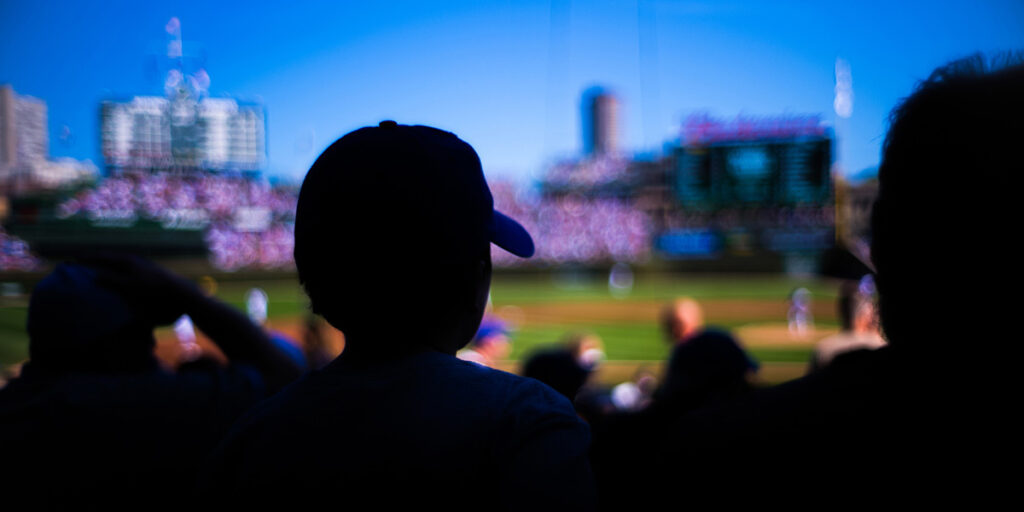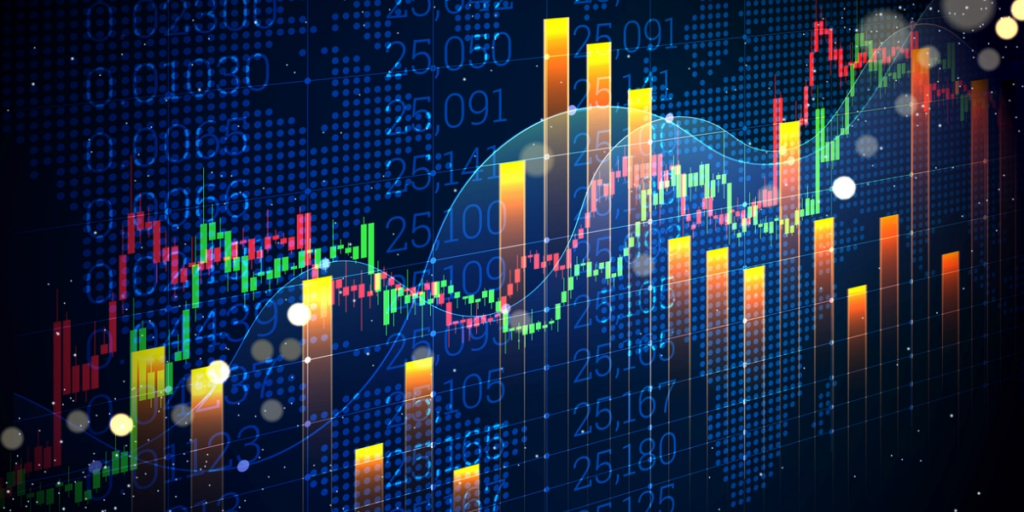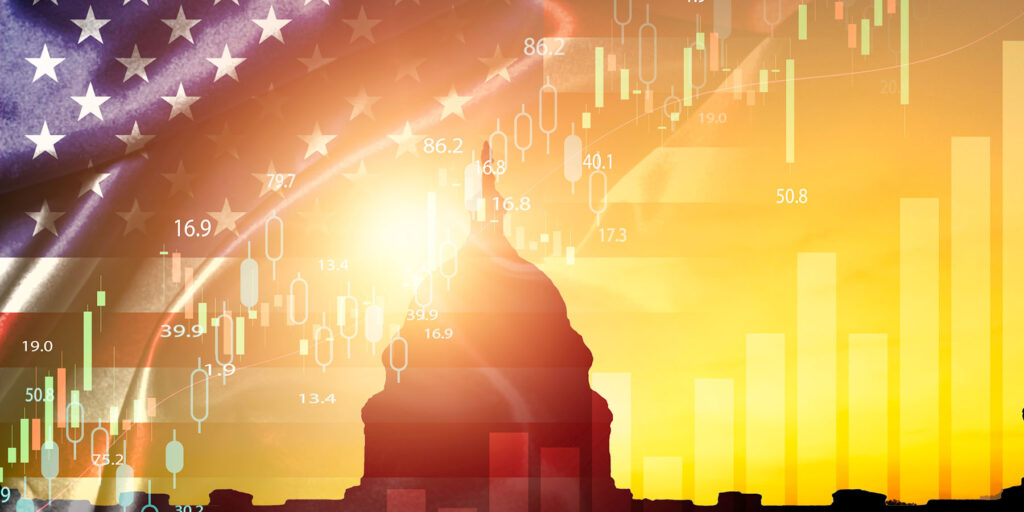For those of you who would prefer to listen:
The rate of inflation keeps cooling. This week proved it again. The Headline Consumer Price Index (CPI) rose 3% in June compared to a year ago. That’s the slowest pace since the Spring of 2021. Inflation keeps moving closer to the Federal Reserve’s target of 2%. The Core rate, which strips out Food and Energy, was up 4.8%. That is also a 2-year low. It was 5.3% in May. The Fed’s preferred measure of inflation is the Personal Consumption Expenditure (PCE) index. It was up 4.6% in May. The June PCE report comes later this month. The Fed’s 2% target is believed to be the sweet spot for inflation. It’s low enough for consumer comfort while allowing America’s Economy to grow. It’s not there yet.
CPI broke a streak of 7 consecutive 0.4% monthly increases. That was the longest stretch since 1989. We can’t forget, inflation hit 9% a year ago. That was when egg prices tripled. The price of gas reached $5 across the country. Many of you remember it came close to $7 out West. There was some serious pain at the pump. Fortunately, inflation has fallen every month since. Egg prices fell 8% in June.
Importantly, that 9% inflation rate fell off the year-over-year comparison period. June of 2022 is now 13 months old. So, the steepest price drops are coming to an end. But prices are still climbing. It’s just happening at a much lower rate. In fact, they very likely could stick at this current pace.
The issue of late has not been in CPI. The inflation rate is much more nagging in the service side, where wage inflation is staying elevated. There simply aren’t enough workers to fill the demand. That means people are getting paid more to work. We see the results most noticeably on those menu prices at restaurants. Pricing remains painfully high in Housing too, despite higher mortgages. Energy prices have firmed and have actually started moving higher again. The price of Oil just won’t fall meaningfully below $70, after multiple attempts. It’s back to multi-month highs. That has gas prices in California stuck around $5. They’re hovering around $3.50 on average nationwide at the pump.
Backstory: For the better part of the last 2 decades, inflation was tame. Much of that was due to the fact that we had been importing deflation in the form of cheap Chinese goods. The Fed was able to keep interest rates historically low well past the Financial Crisis. Prices were low and stable. That came to an abrupt end. In the wake of the pandemic, inflation surged. The Federal government poured oceans of money, Trillions of Dollars, towards the problem. The American people had money and nowhere to go. So, they bought stuff… a whole lot of stuff. Manufacturers and suppliers couldn’t keep up. First, the price of goods rose. Then, when the lockdowns eased, demand for stuff slowed and it made a hard pivot towards activities. The costs of services soared as people left their homes for action and experiences. Prices rose at the fastest pace in 40 years. It topped out at the 9% CPI rate last Summer. The core rate, stripping out food and energy, peaked at 6.3% in August.
PepsiCo is a bit of a barometer for how Americans are spending. The company just reported a strong quarter, beating on revenues and earnings, which indicates higher prices are not preventing people from buying beverages and snacks. In addition to Pepsi products, the company also makes Gatorade, Doritos, Fritos and Lays. Its North American snack unit saw a 14% revenue jump. Prices were up an average of 15% across the company. Americans keep consuming. They’re still spending more for less. There are clear signs that PepsiCo’s price increases are denting demand. The company’s sales volumes declined in the latest period across several of its business units. Beverage volume fell 4.5% in the quarter.
Travel continues to be a major theme and Delta made it clear the Airlines are having one hot Summer. The company reported record revenue and profitability in the second quarter, and it raised its full-year guidance on the back of strong demand. The 4th of July weekend broke records at airports from coast-to-coast. Delta pointed out that international travel was a source of strength. Flights overseas average over $1,000 and people are paying it. Hotel prices are high too. European travel is up 55% this Summer. That follows the 600% increase from last year, though that compared to peak days of Covid. This all sure fits the bill for what many are calling the “American Revenge Tour.” People were so sick of the lockdown. Demand to get out and do things was as strong as ever. Summer vacations are in full stride.
That is now. So, what’s next? There are some indicators suggesting this Summer will bring a meaningful peak to travel. The Revenge Tour comes with significant cost and there are already signs that Americans plan to hunker down in the Fall to pay those bills. Hotels and airlines are starting to see prices flatten out and, in some cases, come down. The resiliency of the American Consumer has defied the most widely predicted recession in 2023. The American people have continued to spend money on cars, vacations and at restaurants. This has offset weakness in other sectors of the Economy. Recession hasn’t happened. The big question is will Americans keep spending? The answer is: stay tuned. But signals suggest the current rate will not keep pace.
The slowing inflation likely won’t deter the Fed at their next meeting in 2 weeks. Inflation is undoubtedly better than where it was. It’s even better than where most thought it would be by now. But the Fed isn’t likely to take too much comfort in just one month of better-than-expected data. The Market is assigning a 96% probability of another rate hike, which would take the overnight rate to 5.5%. It will be the first time in years the overnight rate is higher than the core inflation rate. The Market is also now pricing in the first rate cut in January. That moved up significantly from the previous expectation for May at the start of this week.
Interest rates fell pretty precipitously in response to the inflation reports. The 2-Year Treasury yield hit 5% in July for the first time since before the Financial Crisis in 2008. The 10-Year punched through 4% again, nearing multi-year highs. Neither of them held those levels. Both 2’s and 10’s reversed lower, with the front-end of the curve moving the fastest. This is an indication the Fed is nearing an end to rate hikes. It also suggests the Economy is slowing. Also of significance, that yield-curve remains extremely inverted; Long a sign of looming recession. Perhaps that’s why the Market is pricing in a Fed cut in January.
Inflation clearly matters. But the direction is more important than the level to the Market. Remember, it’s all about expectations. It’s not about good versus bad. It’s about being better or worse. The Market is a discounting mechanism and has been pricing in this improvement for nearly a year. What’s clear: Inflation was last year’s problem. This year has been about recovery and the surprisingly sustainable spike in spending. How long it lasts is what the Market is trying to sniff out. It’s already sensing what the new year will bring.
Have a nice weekend. We’ll be back, dark and early on Monday.
Mike





